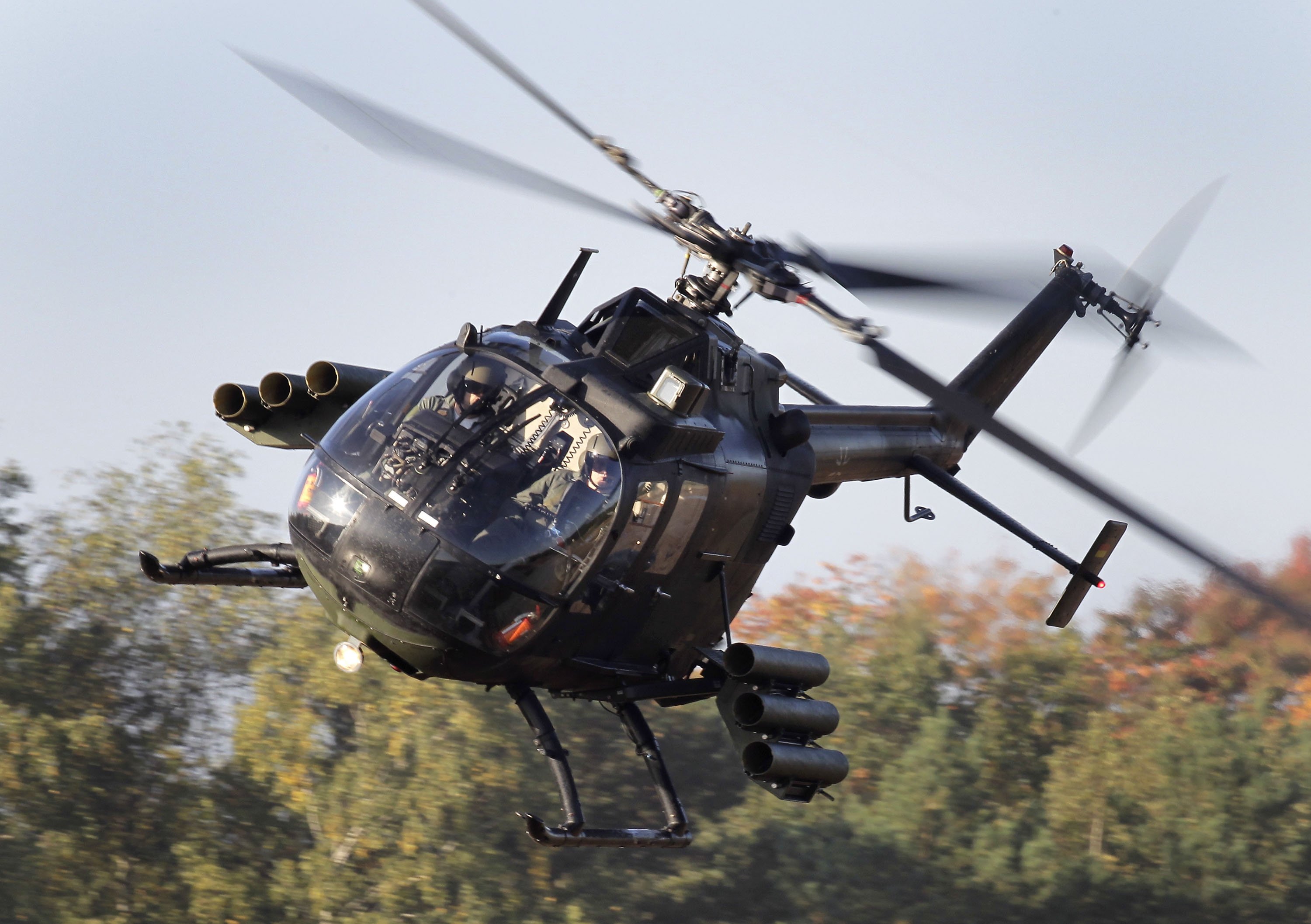The Bo-105: A Triumph of German Helicopter Innovation
In the world of rotorcraft, few names command as much respect and admiration as the Bo-105. Hailing from Germany, this remarkable light utility helicopter has left an indelible mark on aviation history. It boasts a legacy that spans over five decades and continues to make its presence felt in both military and civilian sectors. The story of the Bo-105 is one of innovation, versatility, and performance.
On February 16, 1967, the Bo-105 took its maiden flight, marking a pivotal moment in the evolution of helicopters. It wasn’t just another chopper; it was the world’s first light twin-engine helicopter, setting a new standard for the industry. Moreover, it was the inaugural rotorcraft capable of executing aerobatic maneuvers, including daring inverted loops, showcasing its unparalleled agility and control.
The Bo-105 quickly garnered global attention for its exceptional qualities. Its versatility was second to none, serving a myriad of roles, from transport and reconnaissance to anti-tank missions. In its militarized form, it could be equipped with the formidable HOT and HOT-2 anti-tank missile systems, making it a formidable asset on the battlefield.
Manufactured in Germany and Canada initially, the Bo-105’s popularity led to additional production lines in Spain, Indonesia, and the Philippines due to robust export demand. Over the years, it earned a reputation as a workhorse, performing admirably in a multitude of roles.
Key specifications of the Bo-105 include a length of 11.86 meters, a height of 3 meters, an empty weight of 1.27 tons, and a maximum take-off weight of 2.5 tons. Powered by two Allison 250-C20B turboshaft engines, each generating 420 horsepower, the helicopter attains a top speed of 242 km/h, with a range of 657 km. Its service ceiling reaches a staggering 5,200 meters, and it can climb at a rate of 8 meters per second.
One of the Bo-105’s standout features is its rotor system, entirely hingeless, with rotor blades constructed from reinforced-plastic glass-fiber composite material. This design not only simplifies maintenance but also extends the lifespan of the blades, a critical factor in its enduring success.
The Bo-105’s military variant, the PAH-1, gained notoriety armed with six Euromissile HOT long-range anti-tank guided missiles. Its roof-mounted infra-red sights allowed night and adverse weather engagements, offering a significant advantage on the battlefield. Modernizations even included fire-and-forget type missiles, reflecting the helicopter’s adaptability and evolution.
Operated at low altitudes by military pilots, the Bo-105 excelled in minimizing visibility to adversaries, owing to its outstanding flight qualities and well-suited design. Beyond its combat capabilities, the helicopter’s cabin configuration could accommodate up to three passengers or be transformed into a cargo hold or stretcher bay, thanks to its large clamshell doors at the rear of the fuselage.
With more than 1,500 helicopters produced, the Bo-105 earned the West German army’s trust, becoming one of its largest military assets. Police services in various countries, including Argentina, Canada, Chile, Germany, the Netherlands, South Africa, and Spain, also recognized its capabilities and reliability.
In retrospect, the Bo-105 stands as a testament to German ingenuity and engineering excellence. Its pioneering features, adaptability, and longevity in service have solidified its status as an iconic helicopter design. The legacy of the Bo-105 continues to inspire innovation in the world of rotorcraft, a symbol of aviation excellence that will be remembered for generations to come.
Video:









